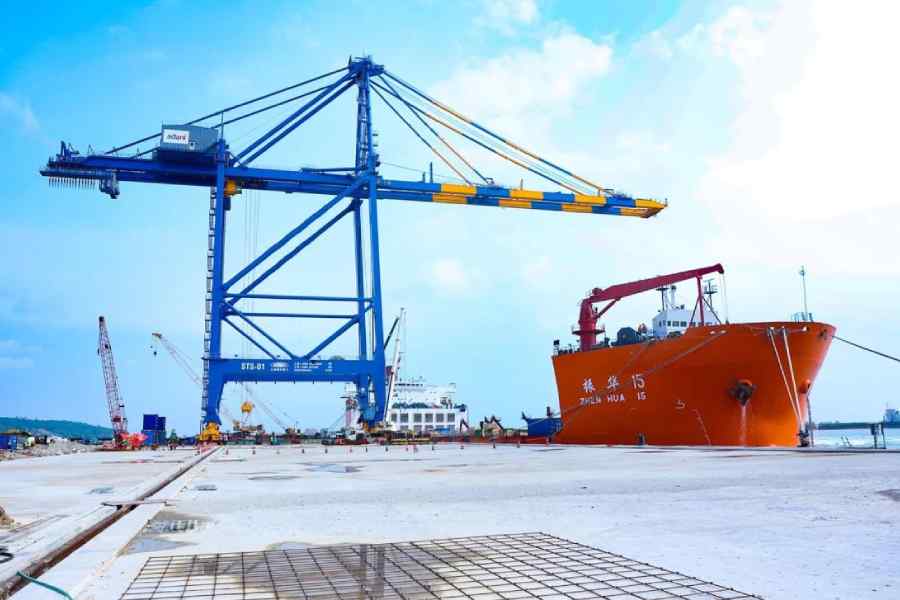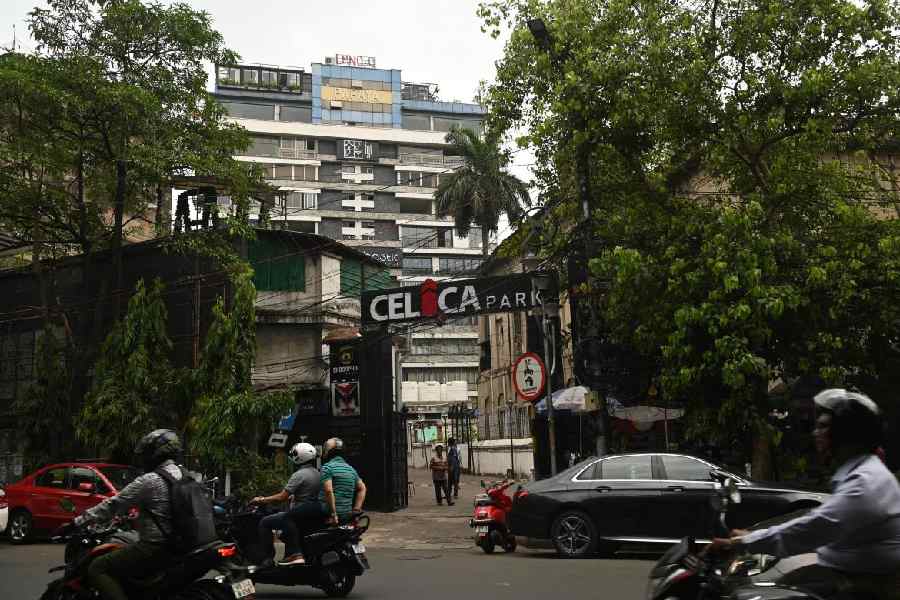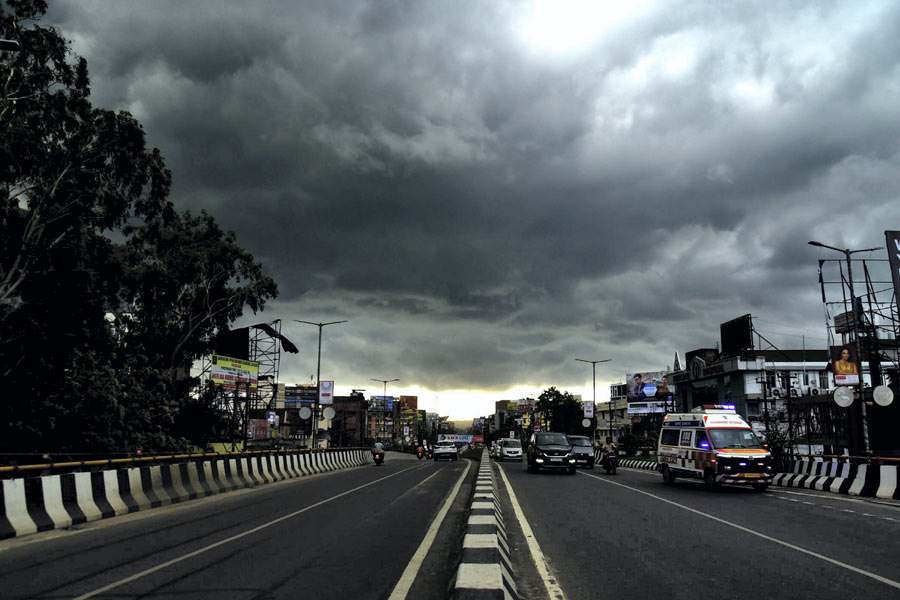 |
New Delhi, Oct. 1: As many as six new uranium-rich sites of the Northeast have been included in a map of places where mining is feasible.
The sites are in addition to Domiasiat in Meghalaya, where the so-called ?yellow cake? has already been traced and its ?high grade? proved.
The map, recently prepared by the Atomic Minerals Directorate for Exploration and Research (AMD), shows the existence of uranium in sites spread across 15 states of the country. Three of these spots are in West Kameng and West Siang districts of Arunachal Pradesh.
In the West Khasi Hills of Meghalaya, two more places apart from Domiasiat have been identified in the map. The sixth spot is in the Jaintia hills of the state.
Earlier explorations had indicated that about 16 per cent of the country?s total deposits are in Domiasiat, where the uranium is of superior quality than those currently being mined in Jharkhand.
Wahkyn, about 30 km from Domiasiat, has been identified as one of the ?thrust areas? for the next round of evaluation that also include Gogi in Karnataka, Koppunuru and Pedagattu in Andhra Pradesh and Rohil in Rajasthan among others.
?A few uranium deposits have been found to be promising in different parts of the country and these are at different stages of evaluation. The company is on the verge of opening new deposits??, the website of Uranium Corporation of India Limited (UCIL), which is assigned to prepare feasibility reports in this regard, says.
Sources said several rounds of exploration were conducted before arriving at the conclusion. ?There were many more places where uranium was discovered, but were found unfeasible for mining. Another round of exploration would be conducted before the feasibility reports are prepared,? an AMD official said, adding that a ?rough idea? could be gathered about the nature of the ore in a site from remote sensing data.
The existence of the ore was reported from other states in the region as well. On July 27 last year, minister of state for space and atomic energy S.B. Mookerjee said in Parliament that reserves were found in Meghalaya besides ?sporadic occurrences? in Assam.
Sources said a similar situation was observed in Manipur and Nagaland, but mining was considered impractical there as the occurrences were not ?concentrated?.
Concentrated deposits of uraninite (as the ore is known) are usually found in hard rock or sandstone while in India they are generally in association with chloride schist intrusions. It is the heaviest metal that occurs in nature with an unstable configuration, which means that the element gradually breaks apart or ?decays? at the atomic level.
As uranium slowly decays, it gives off invisible bursts of penetrating energy called ?atomic radiation?. It also produces more than a dozen other radioactive substances as by-products. These unstable by-products, having little or no commercial value, are called ?uranium decay products?. They are discarded as waste when uranium is mined.
As of now, our country has four mines at East Singhbhum in Jharkhand. The AMD?s emphasis on establishing more mines could be because of the fact that their reserves are supposed to be depleting fast. Efforts are on by the UCIL to open two more mines and a processing plant near the present mining sites.
Natural uranium is processed into ?yellow cake? and sent to the Nuclear Fuel Complex (NFC) in Hyderabad for fabrication into fuel to be used in the 12 Pressurised Heavy Water Reactors (PHWRs) across the country.
At present, the installed capacity for power generation in India is 101,630 MW, of which thermal plants account for 80 per cent, hydro-electric plants contribute 16 per cent, nuclear power plants 3 per cent and non-conventional sources only 1 per cent.










